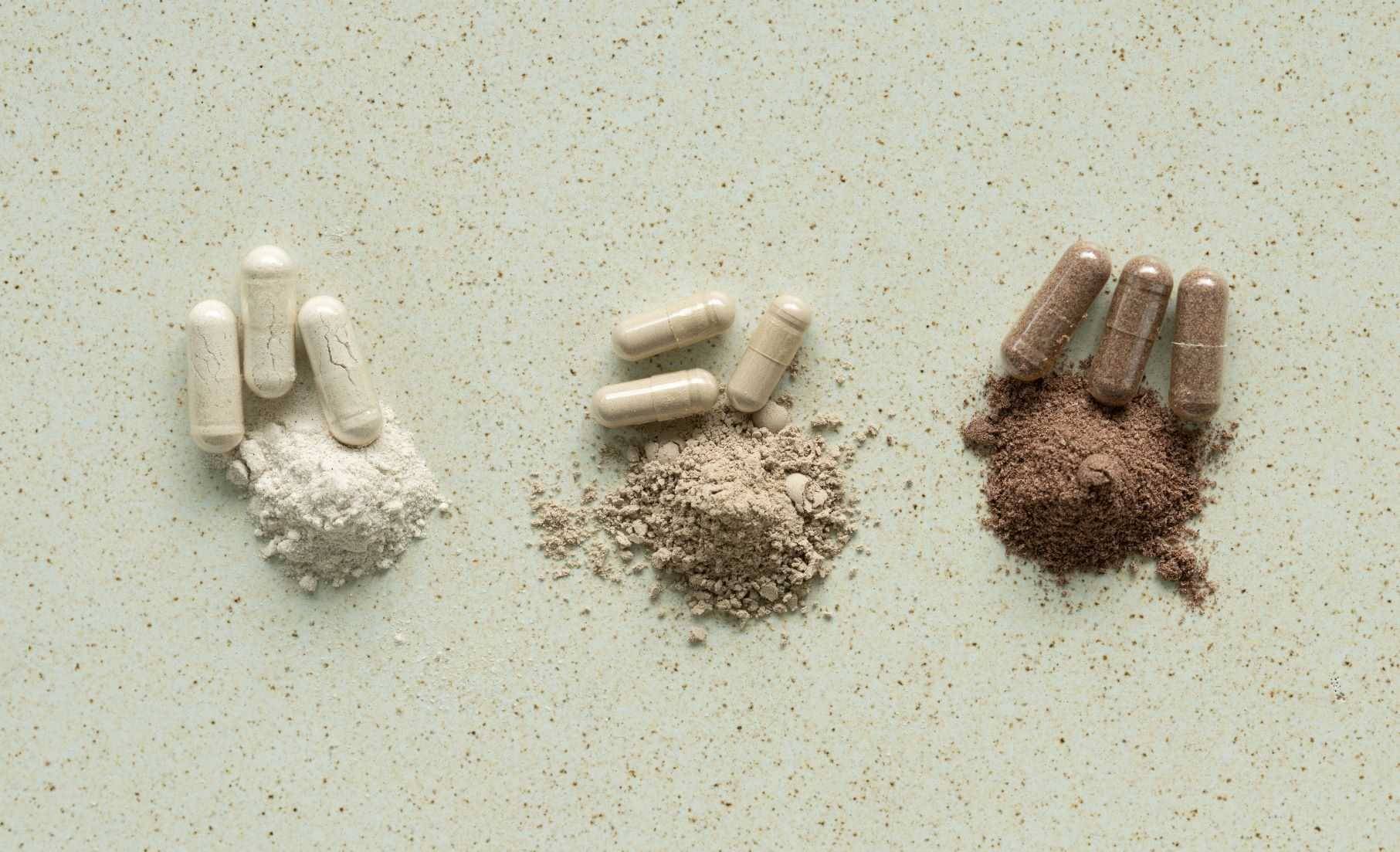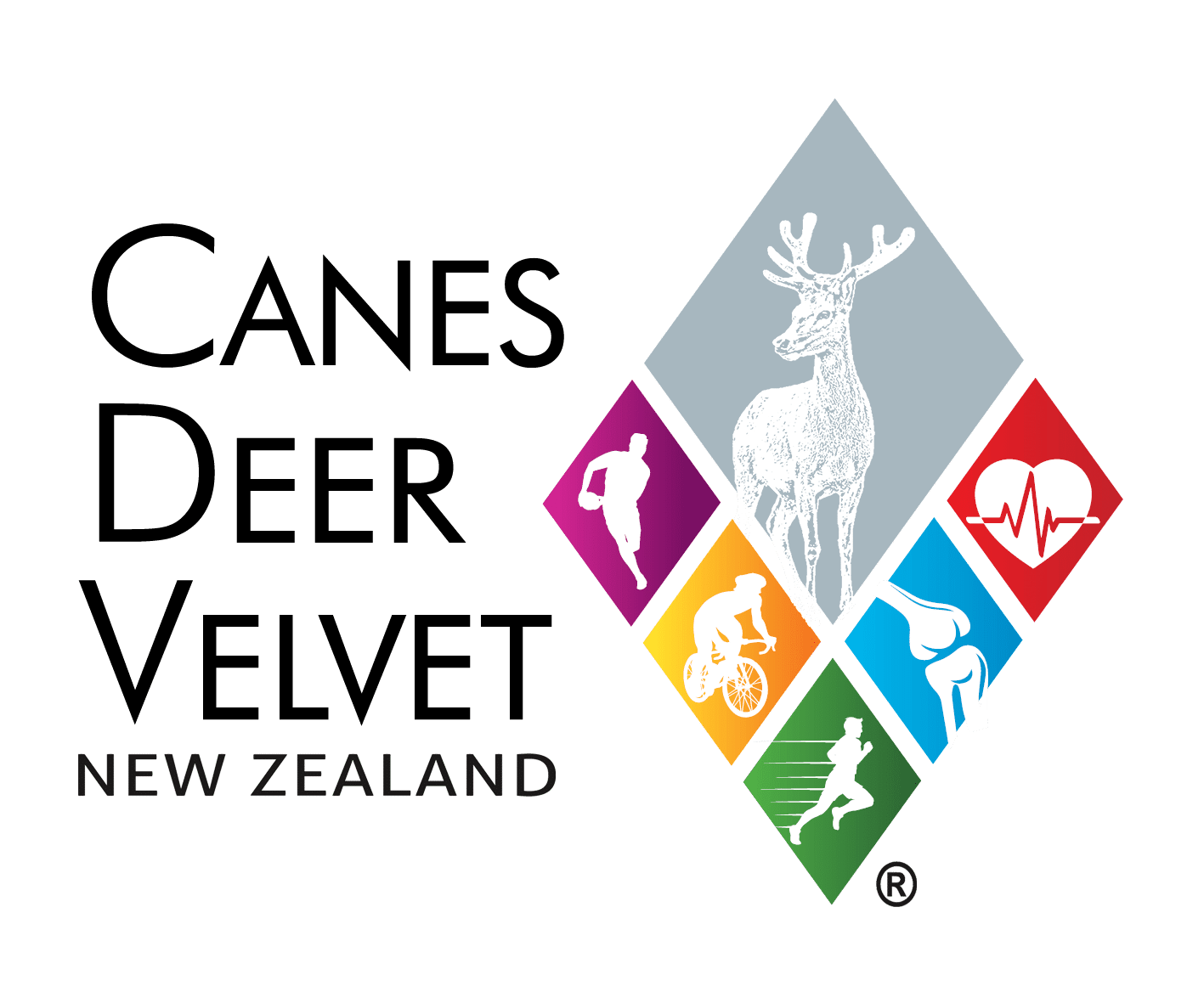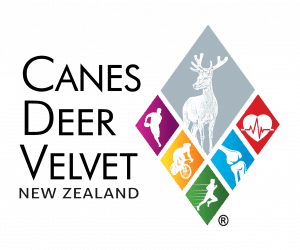How To Choose Deer Velvet
- Home
- General News
- How To Choose Deer Velvet
- published
- by Canes Deer Velvet

How To Choose Deer Velvet Supplements: Questions You Should Be Asking
The internet is a lolly shop of options when it comes to just about any product you can imagine. Deer Velvet supplements are no different, as the options are extremely varied in both quality and cost. So, the question is, how do you know that the product you order is going to meet your expectations?
It is important to me that you are empowered to make good decisions when it comes to buying a Deer Velvet supplement. Whether or not that ends up being our product is not the issue here! I care about you, and about the authenticity of the industry as a whole.
At Canes Deer Velvet, we have been in the industry for over 20 years, so we know what matters and what doesn’t. When comparing deer velvet products, it’s important to know the right questions to ask, and what answers should you be looking for. After all, as with most things, knowledge is power! Here are the top priorities you should be looking for when comparing Deer Velvet supplements.
Where is it produced?
Firstly, where in the world does the raw product come from? Consider the farm practices, the diet of the deer, handling facilities, cold chain of raw product, and the government regulations around humane treatment of the deer. In New Zealand, it is now possible to trace each stick of velvet back to the farm it came from. In our case, it’s easy, as all our product comes from our own farm in Reporoa, and we maintain ownership throughout. If a supplier is sourcing raw product at market, it will likely be coming from many different producers.
What is the price per gram?
To find the total grams in the pack, multiply the capsule size by the number of capsules. For example: 500 mg x 80 capsules = 40 grams of velvet.
Then, divide total price by the total grams to find price per gram. $95 ÷ 40 gm = $2.37 per gram.
Make sure to compare these between products.
Is capsule weight quoted as dried weight or unprocessed weight?
Capsule weight should be quoted as dried weight. Unprocessed raw product is around 3.7 to 4 times the dried weight. I have noticed a trend in recent years towards quoting unprocessed weight as capsule weight, making it appear you are getting a lot more velvet than you actually are. Be sure to ask this question. If we quoted our capsules in this way, our 500mg capsule would be quoted (x 3.7) as a 1850mg capsule! This is very confusing and misleading for customers.
Where is it processed?
For New Zealand processors, ensure they operate under the NZ Government approved Risk Management Programme (RMP) and Good Manufacturing Practice (GMP) certification where applicable. These processors must comply with strict regulations and undergo regular audits.
Is the whole antler included? And what quality is it?
Cost can be reduced by varying the quality of the raw product. For example, the most potent and extremely valuable part of the velvet antler (the tips) may be excluded from the capsules and sold separately. Alternatively, cost can be reduced by using cheaper grades of velvet such as damaged grades. A premium supplement will use Super A and A grade velvet, ensuring the whole antler is included and harvested at approximately 55-60 days of growth. This is the optimal time for maximum health benefits.
More about quality and grades: Overgrown velvet weighs heavier and is cheaper per kg, so offers another easy option to produce a cheaper product. Technically it’s still whole antler, with all points included, but is near to becoming long hard antler. The ratio of tips to antler is much less, and the points are no longer full of the bio active ingredients. This end product may look similar, and have an attractive price tag, but it will not be nearly as effective as it is nearer to bone. It is likely to be of a lighter colour, as the blood supply to the antler has lessened. Some producers even hide this by adding dried blood or carob to colour it!
Is it freeze dried or traditionally dried using heat?
While both have their advantages, it is widely acknowledged that freeze drying maintains the bio active ingredients in their most active form.
Is the hair removed prior to processing?
Velvet antler gets its name because it feels like velvet on the outside due to its covering of fine hair. However, this is actually something we don’t want in our capsules. It is a challenging and labour intensive task to remove the hair prior to processing, but it is worth it. Not all companies do this however, so ask the question!
Are fillers used?
If velvet is dried and processed properly, there should be no need to add any fillers to manage moisture content. If the product has fillers, it begs the question: why? I am aware of cases where dried blood or carob powder are added to the product, as they look similar to actual Deer Velvet. Be sure to read the list of ingredients so you know what you are buying.
Need more assistance?
I hope this has been helpful for you in assessing quality of deer velvet supplements. Typically, you will just get what you pay for, but there are exceptions. If you have any specific questions, or want help to explore the differences between Canes and any other deer velvet suppliers, I would be happy to help you with an honest comparison. Feel free to contact me at any time, or learn more about deer velvet on our website.
Kathy Cane
Canes Deer Velvet
Join us for exclusive deals, updates from the farm, and helpful advice!

